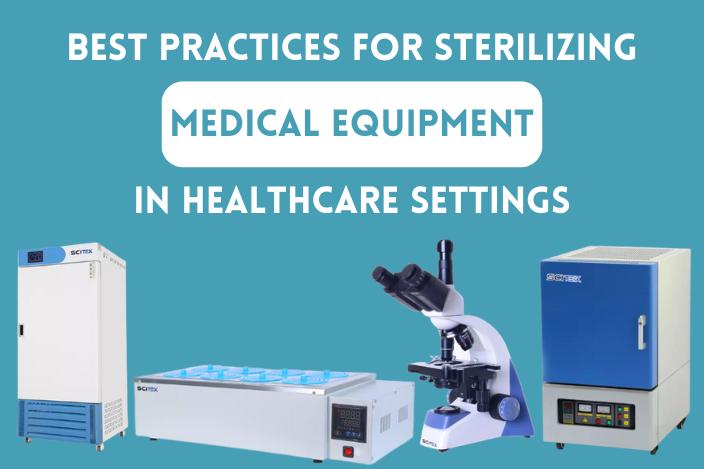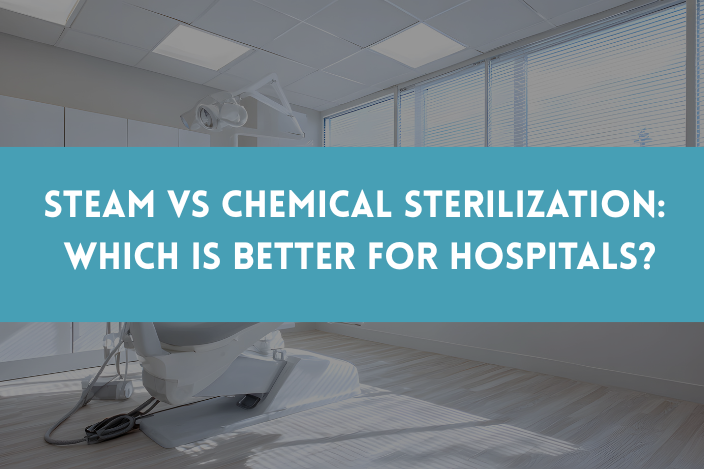
Published on 06-10-2025
Steam vs Chemical Sterilization: Which is Better for Hospitals?
Introduction
In modern hospitals, sterilization is not just a recommendation it's a regulatory and ethical requirement. As infection control remains at the heart of patient safety, healthcare administrators are faced with a critical decision: should they invest in steam sterilization or chemical sterilization systems?
At Capri Medicals, we understand how these technologies impact daily hospital operations. This article breaks down the two leading sterilization methods to help you make an informed, compliant, and cost-effective decision.
What is Hospital Sterilization?
Sterilization in healthcare refers to eliminating all forms of microbial life, including bacteria, viruses, fungi, and spores. It is vital for:
-
Preventing hospital-acquired infections (HAIs)
-
Ensuring surgical and procedural safety
-
Complying with WHO and national safety guidelines
Hospitals primarily choose between steam sterilization and chemical sterilization based on equipment type, volume, and safety priorities.
Why Hospital Sterilization Methods Matter in 2025
As hospital-acquired infections remain a leading cause of complications and healthcare costs, sterilization methods must be effective, scalable, and regulatory-compliant. The World Health Organization (WHO) emphasizes validated, standardized sterilization practices in its safety guidelines.
Choosing the right method ensures:
-
Reduced infection risk
-
Safer working environments for staff
-
Longer equipment lifespan
-
Lower operational costs
Comparison: Steam vs Chemical Sterilization
1. Steam Sterilization
Also known as autoclaving, this method uses high-pressure saturated steam (typically at 121-134°C).
Pros:
-
Rapid and effective microbial elimination
-
No toxic residue
-
Cost-effective for high-volume cycles
-
Ideal for metal instruments, surgical tools, and certain textiles
Cons:
-
Not suitable for heat-sensitive materials
-
Requires consistent water and power supply
Recommended Product: High-Pressure Steam Autoclave from Capri Medicals
2. Chemical Sterilization
This method uses liquid or gas-based chemicals like ethylene oxide (EtO) or hydrogen peroxide.
Pros:
-
Suitable for heat-sensitive devices
-
Penetrates complex and narrow channels
Cons:
-
Toxic residue risks if not handled correctly
-
Longer processing time (especially EtO)
-
Higher operational costs
-
Requires dedicated ventilation and safety protocols
Which Should Hospitals Choose?
| Feature | Steam Sterilization | Chemical Sterilization |
|---|---|---|
| Speed | Fast (20–60 mins) | Slow (2–8 hours) |
| Cost | Low per cycle | High per cycle |
| Safety | Non-toxic | Can be toxic |
| Equipment Suitability | Metals, fabrics | Plastics, electronics |
| Maintenance | Simple | Complex |
Verdict: For most general hospitals, steam sterilization is the preferred method for its cost-efficiency, eco-friendliness, and WHO compliance. Chemical sterilization is best used as a secondary option for specialized, heat-sensitive tools.
Common Questions About Hospital Sterilization
Q1: Is steam sterilization compliant with WHO guidelines?
A: Yes, it is one of the most recommended techniques for general surgical and clinical environments.
Q2: Can we use both methods in one hospital?
A: Absolutely. Many facilities use a hybrid approach for different departments.
Q3: How do I choose the right equipment?
A: Visit Capri Medicals for expert consultation and reliable equipment suited for your facility size and specialty.
Conclusion
Choosing between steam and chemical sterilization is not a matter of good vs bad it's about suitability. For large-scale, routine hospital sterilization, steam autoclaves are the gold standard. When handling delicate or heat-sensitive instruments, chemical methods have their place.
With equipment like the High-Pressure Steam Autoclave, Capri Medicals ensures your hospital stays efficient, compliant, and safe.
For personalized guidance, get in touch with our specialists.
Capri Medicals — Your Partner in Smarter Hospital Infrastructure.

.png)
.png)
.png)
.png)
.png)
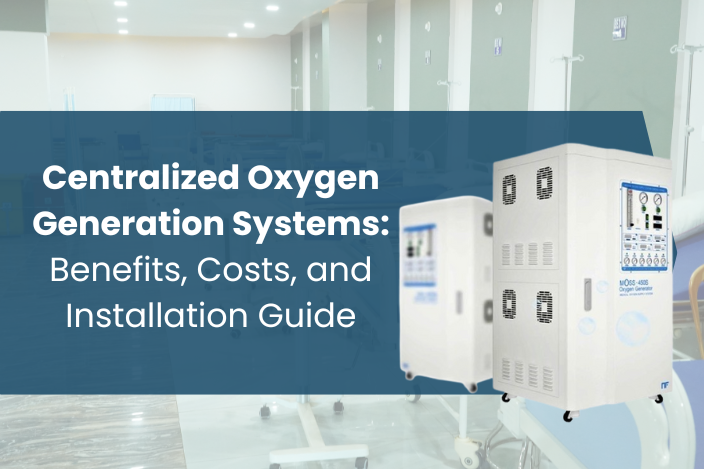
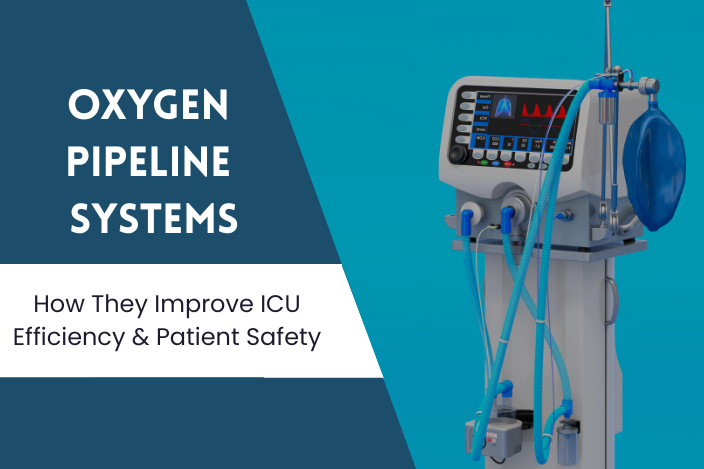
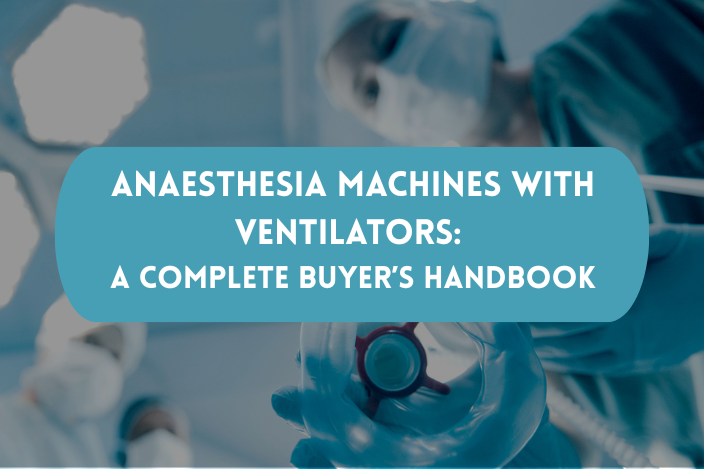
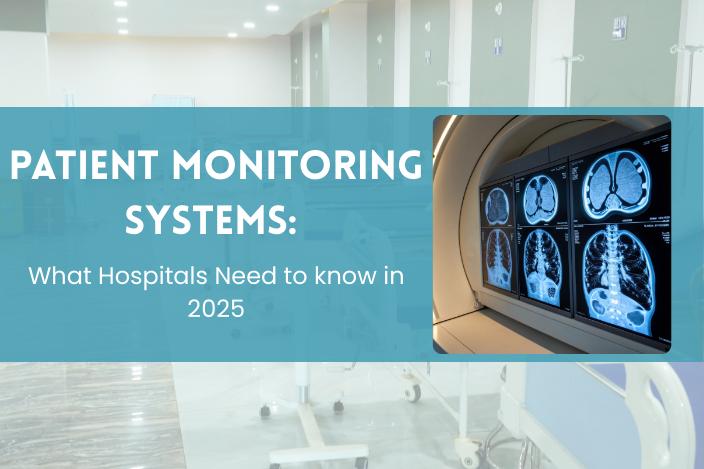
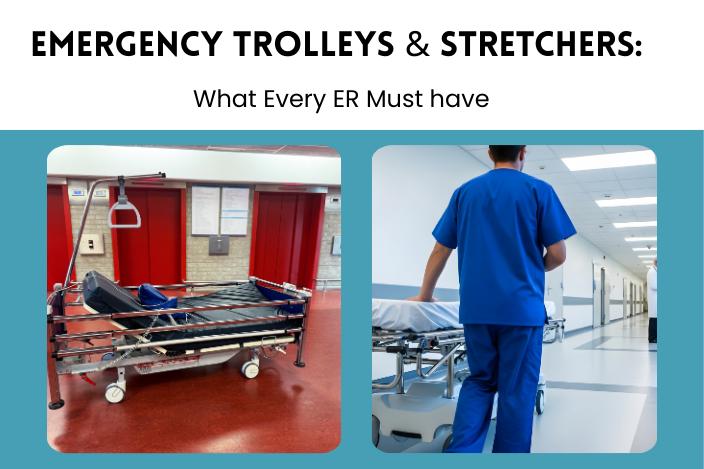
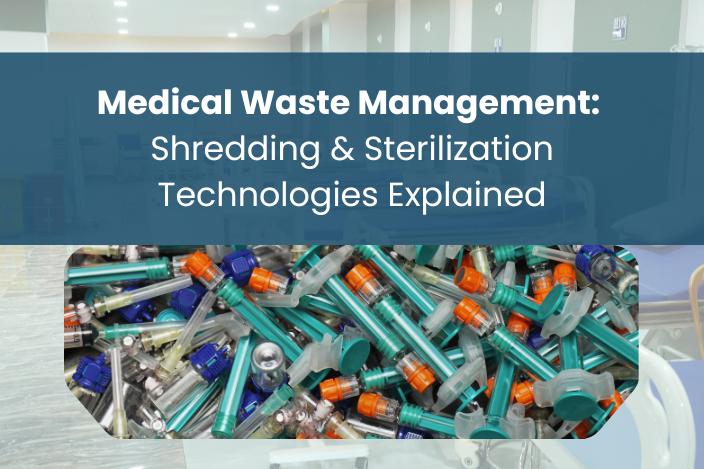
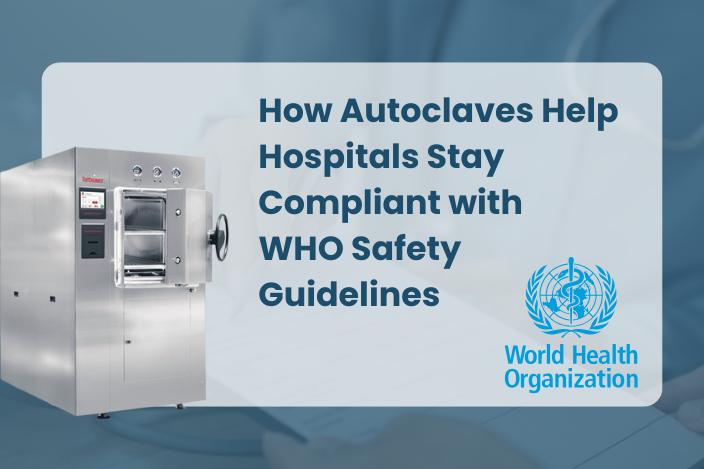
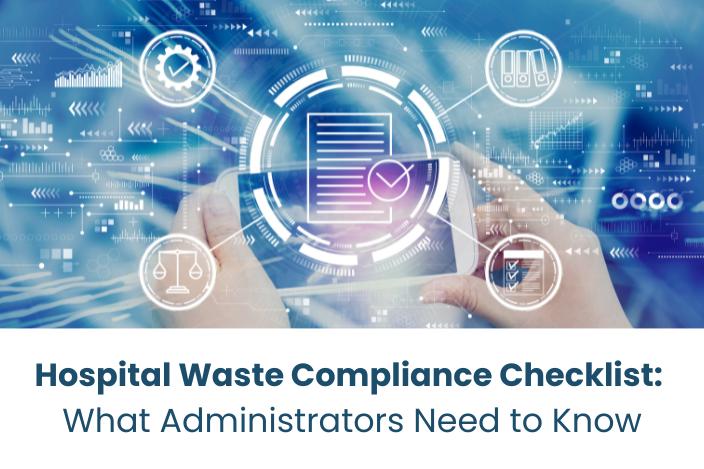

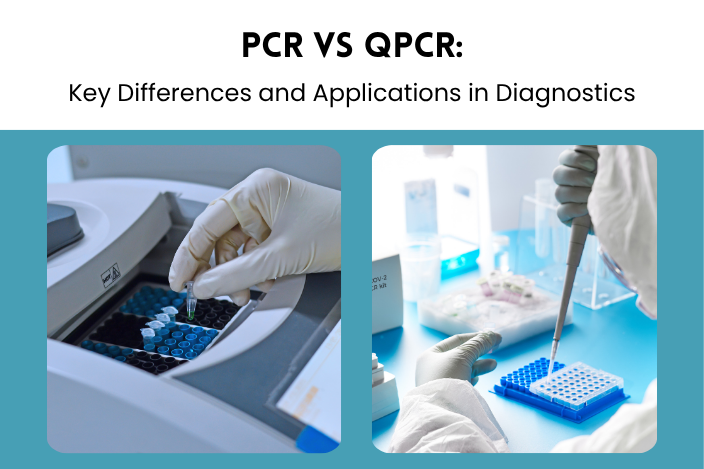

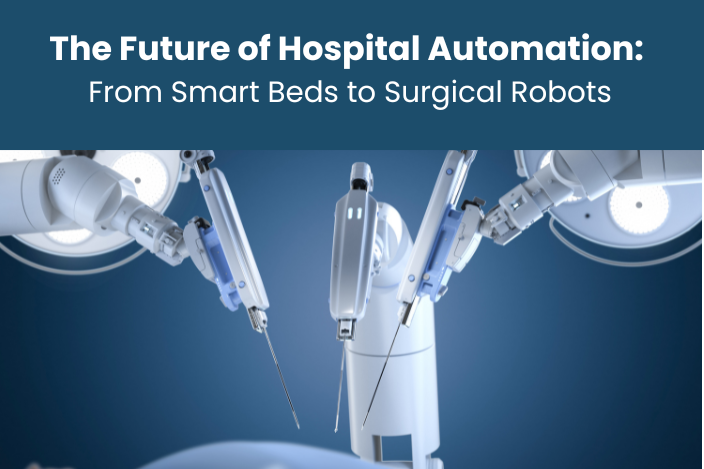
.png)
